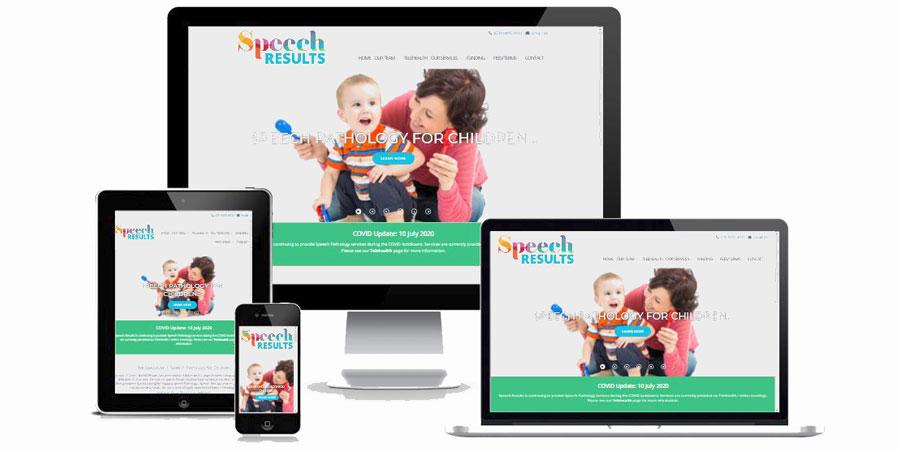First of all - what is a brochure website?
If you're of a certain era, you'll remember pre-Internet, glossy corporate brochures which extolled the virtues of a company.
Then in the early 2000's when business websites started to become a requirement, many companies just transferred the contents of their corporate brochure directly onto their website. The brochures were designed to show off the company, establish legitimacy and encourage trust.
Over the years, brochure websites morphed into something fairly predictable - Home page, About, Contact, and a few other pages for products, services, portfolio and the like. These websites are effectively a 24/7 online business card for your company. They describe who you are, what you do and how to find you. In other words, they are a modern-day replacement for a Yellow Pages listing, and most have a similar structure to the old-fashioned corporate brochure.
There's nothing wrong with a brochure website, if that's all you want it to do for you. Many people do!
Unfortunately, the internet is much more crowded now and people buy differently than they used to. It can be difficult for a business website to even get seen, let alone attract new visitors and convert them into clients. Many business owners expect more from their website - they want their website to actually work for them.
What are some ideas that can improve your existing website? How can you turn a brochure website, into a lead generation website?
1. Develop a good digital strategy
- Identify measurable business goals
- Know exactly who your customer(s) are
- Identify the best tools to use to achieve those goals
2. Ensure the overall tone of your website is about the customer, not about you.
- Identify what issue(s) a customer may be experiencing
- Provide helpful content that addresses these issues
3. Provide a pathway for visitors
- Establish what you do - in the first few seconds!
- Provide a call to action (CTA) - tell website visitors what to do next (call us, click here, sign up, etc)
4. Provide a good customer experience
- Easy to use website
- Good navigation system
- Responsive (usable on any platform the visitor is using)
- Has a contact form (as opposed to an email link)
5. Share content to drive visitors to your website
- Email marketing (add a newsletter)
- Via social media
- Using paid advertising (Google Adwords, Facebook/Instagram advertising, etc)
6. Analyse and measure to ensure goals are being achieved
- Google Analytics
- Hotjar
Having a good digital strategy can make all the difference. If you need help developing a small business digital strategy, or with a website, please contact WebSolutionZ.





